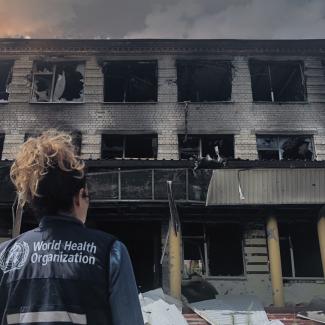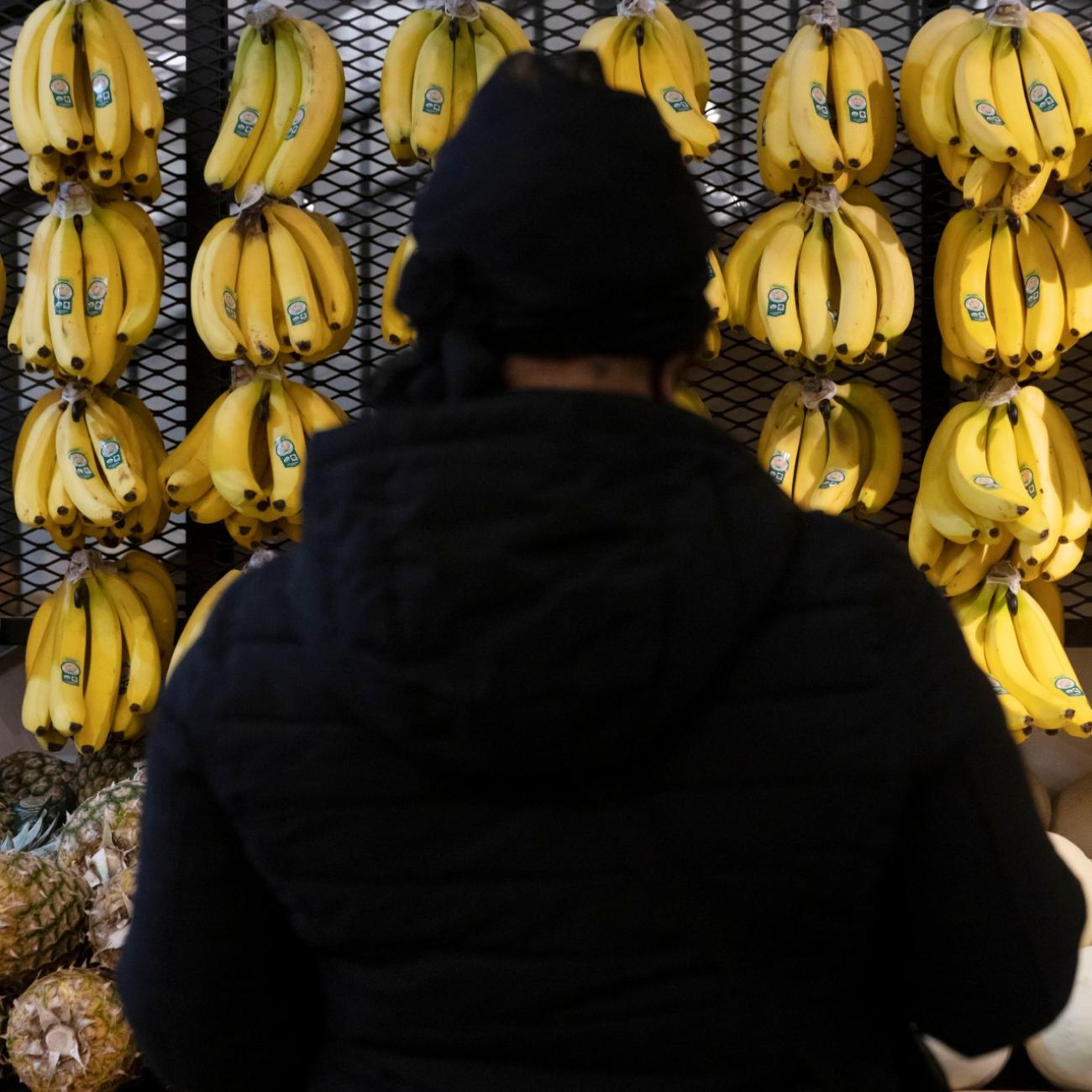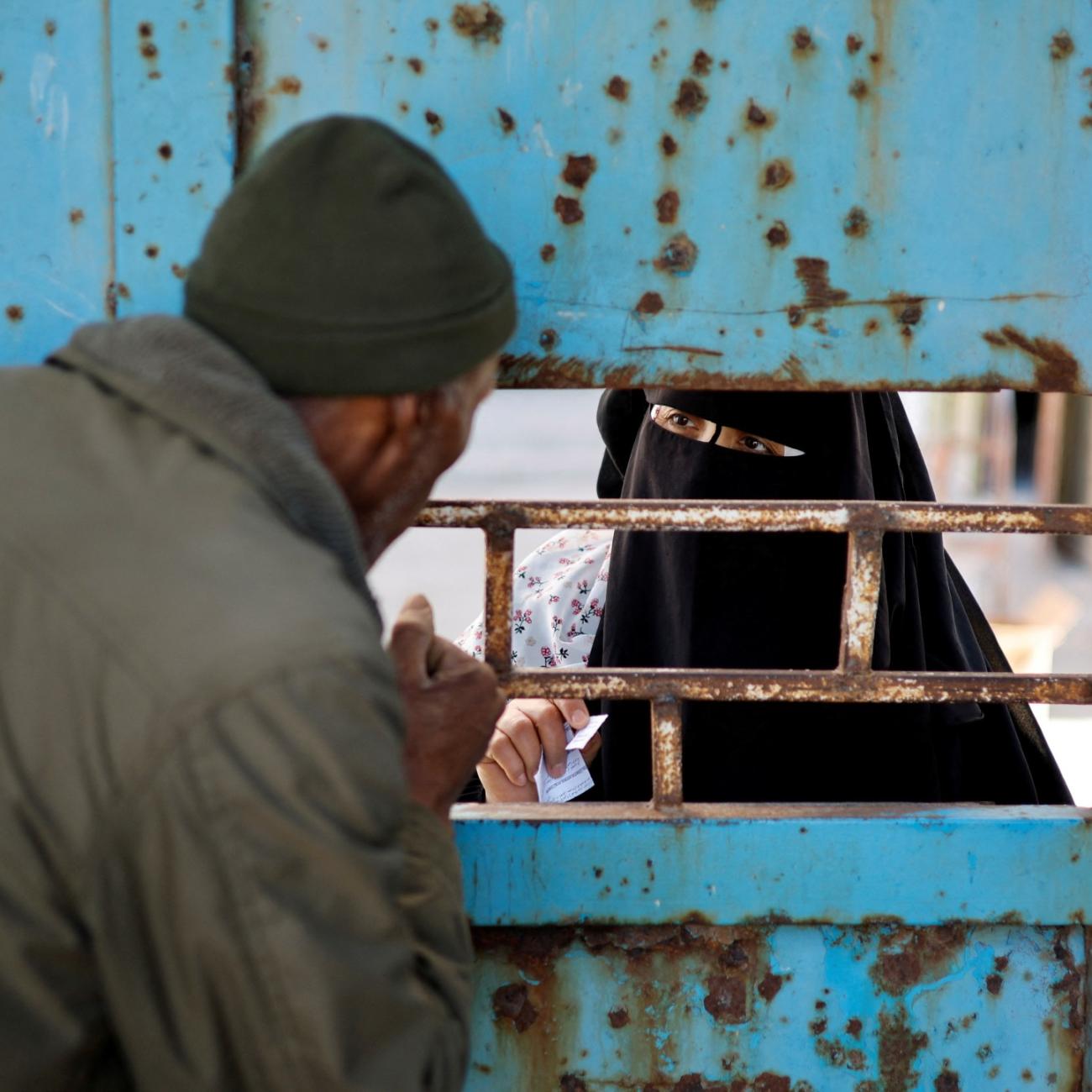The world confronts an array of daunting challenges, chief among them biodiversity loss, climate change, deforestation, and water scarcity. Food production both contributes to and is threatened by those global problems. As the planet edges closer to environmental tipping points, cohesive action has never been more critical. Yet, when collaboration should be deepening, political polarization is rampant.
Polarization in politics has become the norm in the United States and many other countries, including France, Italy, and the United Kingdom. A similar phenomenon has emerged over food systems playing out in capitals and rural communities around the world.
The growing divide is evident in national farmer protests, diverging food production practices across countries, and conflicts between the animal protein industry and alternative protein producers. Bridging the divide requires a revolution in communication strategies that recognizes the multifaceted nature of sustainability and embraces the trade-offs between different agricultural practices.
Farmers as Protestors
In India this winter, thousands of farmers began marching toward Delhi, demanding minimum price guarantees for crops. The march, previously paused after a protester's death, resumed amid heavy security in and around Delhi and comes as general elections near, with the government keen to avoid antagonizing an important voter segment.
Despite previous discussions, the farmers' demands remain unmet, including assured pricing and debt waivers. The farmers plan to intensify their protests, including a proposed disruption of train services in a "rail roko" action, reflecting ongoing dissatisfaction with the government's fulfillment of prior commitments.
In France, farmers protested in Paris, demanding government support and more straightforward regulations rather than European Union (EU) policies that the farmers argue harm their competitiveness. The protest followed a government offer of more than 400 million euros to alleviate their concerns, which include low earnings and heavy regulation. The farmers aimed to influence discussions at the Paris Agricultural Fair and to tap into broader discontent with EU agricultural policies on cheap food imports and proposed climate regulations. In response, the EU has rolled back its Farm to Fork Strategy that sought to deliver on the bloc's climate commitments.
In the United Kingdom, thousands of farmers protested in Cardiff against the Welsh government's Sustainable Farming Scheme, calling the scheme's requirements for allocating land to trees and wildlife habitats unworkable. Farmers argued that the scheme could significantly harm livestock numbers, labor, and livelihoods and demanded more considerate policies. The protest led to a nonbinding vote by opposition parties to scrap the plan. After discussions with farming leaders, the government proposed an evidence-based review and economic analysis of the strategy.
Meat by Any Other Name
As farmers attack European governments for policies that threaten rural livelihoods, some governments have taken aim at plant-based proteins. Italy is attempting to ban cultivated meat. France announced a decree prohibiting plant-based products from using meat-related terms amid agricultural protests as part of France's efforts to support livestock farming. The law sets specific plant-protein thresholds for certain food products to use traditional meat terms. Legal challenges regarding the compatibility of such restrictions with EU regulations continue at both French and European levels.
Agriculture's Sustainability Spectrum
The polarization seen around the world reflects competing political visions for the future of agriculture and different policy approaches to solve the problems that food systems face, including climate change, deforestation, land degradation, and water scarcity. Divisions on the way forward are evident in farmer protests, diverging food production practices across countries, and conflicts between the animal protein industry and alternative protein producers. In addition, food insecurity remains a serious issue, with more than 800 million people not having enough to eat.
Resolving these problems requires expanded and more effective collaboration at a time when governments, farmers, food companies, and consumers are increasingly polarized. What can be done to reduce that tension?
Sustainability in agriculture is not a one-size-fits-all concept. It encompasses a spectrum of various practices that have different trade-offs. Low-impact agriculture, such as regenerative farming, focuses on enhancing biodiversity, soil health, and water retention—but could require more land to produce equivalent yields than conventional methods. In contrast, intensive agriculture, characterized by high yields from minimal land, often relies on synthetic fertilizers and pesticides, raising concerns about long-term carbon emissions, soil health, and water pollution.
Acknowledging that those approaches are complementary rather than conflicting can pave the way for more nuanced discussions on food sustainability. Regenerative and intensive farming can be viewed as two ends of the sustainability spectrum, with one end characterized by lower environmental impact and food production and the other by greater yields and environmental concerns. The trade-offs between the two approaches reflect choices and consequences rather than good or bad production practices.
In her new book, Not the End of the World, Hannah Ritchie observes that farming practices have improved over time—and dramatically so over the last 100 years. Changes in agriculture have increased output on smaller amounts of arable land. The ever-growing need for more food to feed an expanding global population, however, often masks that revolution in agriculture. Food systems now face the need for a different transformation.
Improving how stakeholders communicate about food sustainability is crucial to reducing tension and fostering collaboration. Focusing on shared goals, such as food security and environmental conservation, can be more constructive than dwelling on divergent methodologies. Encouraging stakeholder engagement through forums, workshops, and cross-sector partnerships can help bridge gaps and innovate sustainable solutions.
Successful collaborations in sustainable agriculture offer blueprints for future endeavors. One such example is the partnership between traditional ranchers and conservation groups in the western United States to implement holistic grazing practices, which improve biodiversity and soil health while maintaining livestock production.
Toward a Unified Vision for Sustainable Agriculture
The challenges that food systems face are formidable. Agriculture still uses vast amounts of land, consumes increasingly scarce water, and significantly contributes to greenhouse gas emissions. Addressing those and other issues requires more efficient food production on land currently in use and a smaller environmental footprint from farming activities.
Successful collaborations in sustainable agriculture offer blueprints for future endeavors
How stakeholders frame those challenges will determine whether people work together or against each other in making progress toward a sustainable food system. In that sense, communicating that, in most cases, agricultural production is good and getting better—but just not fast enough—will be more productive than arguing that modern agricultural practices are bad and getting worse.
Innovative solutions that reconcile human needs with environmental stewardship can embrace agricultural sustainability's complexity and foster open dialogue between proponents of different farming practices about common interests and inherent tradeoffs involved in pursuing a secure, sustainable, nutritious, and equitable food future for all. That approach can deepen appreciation of agricultural sustainability's nuances and the imperative of collaboration in surmounting food insecurity, environmental degradation, and political polarization.
EDITOR'S NOTE: This article is part of a series exploring global food systems guest-edited by Jack Bobo. The other articles in the series can be found here.



